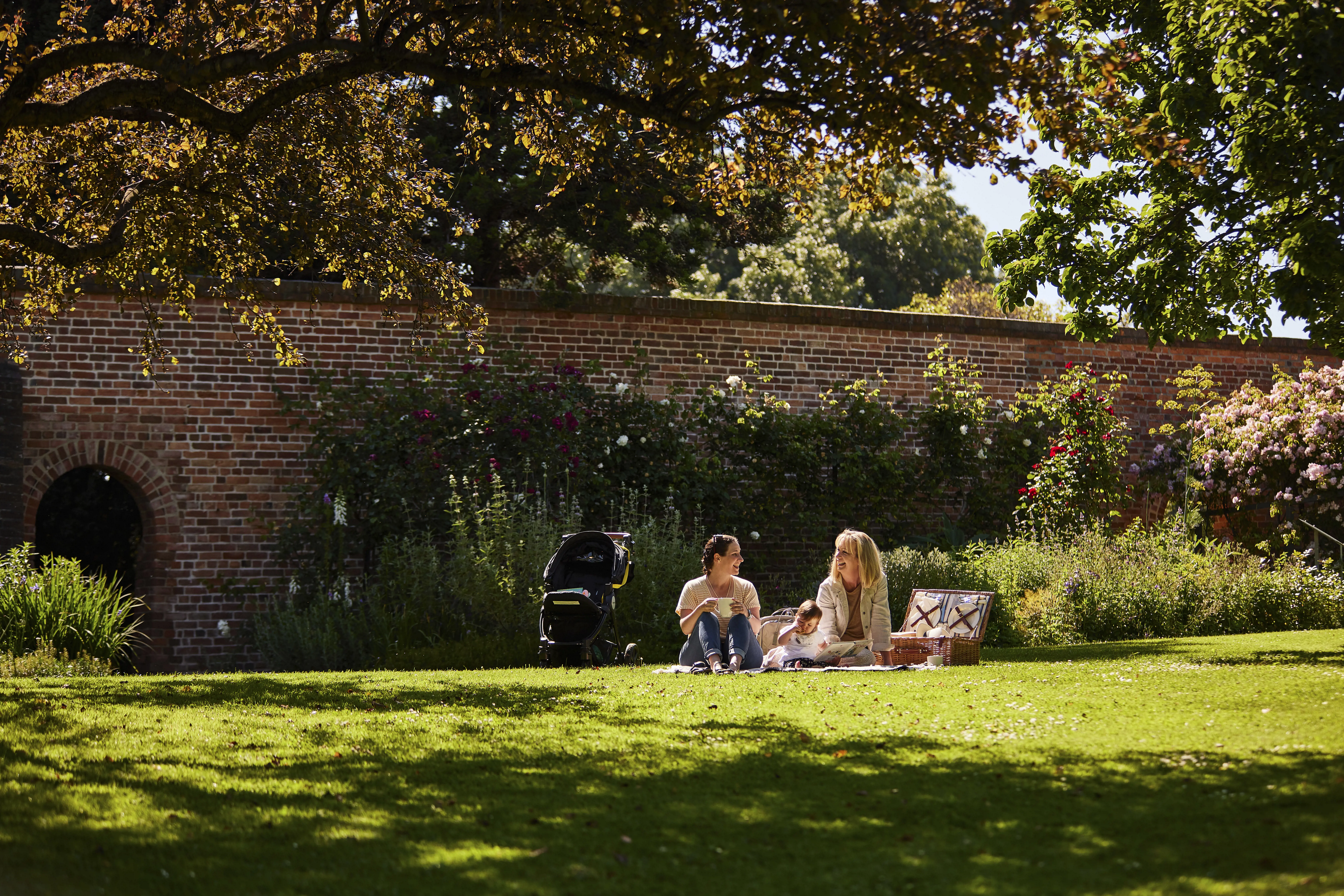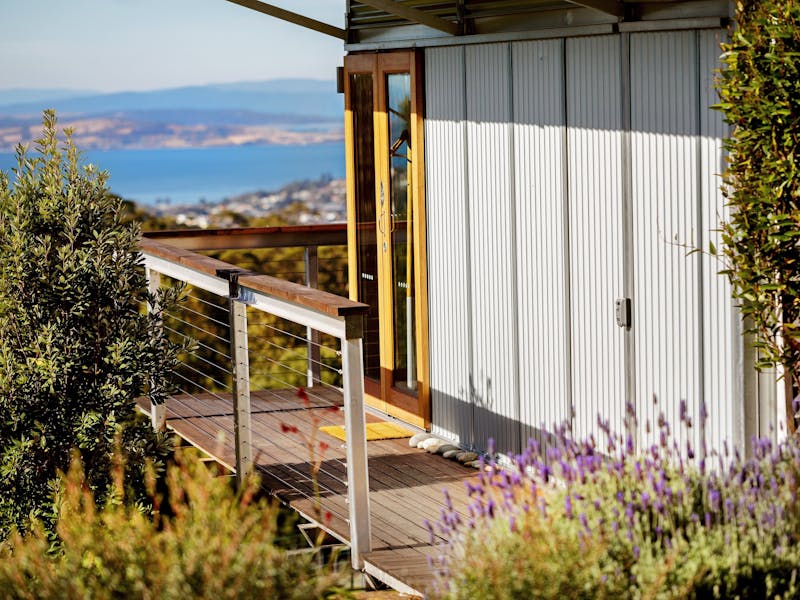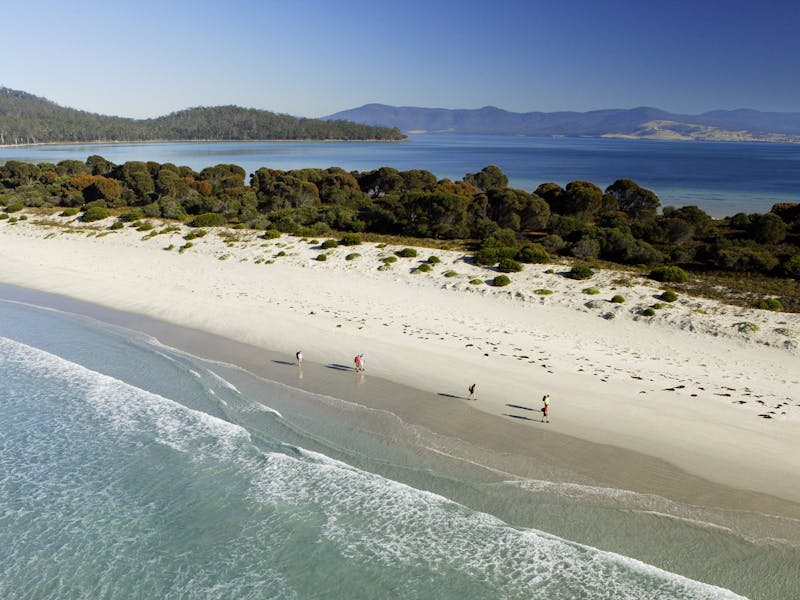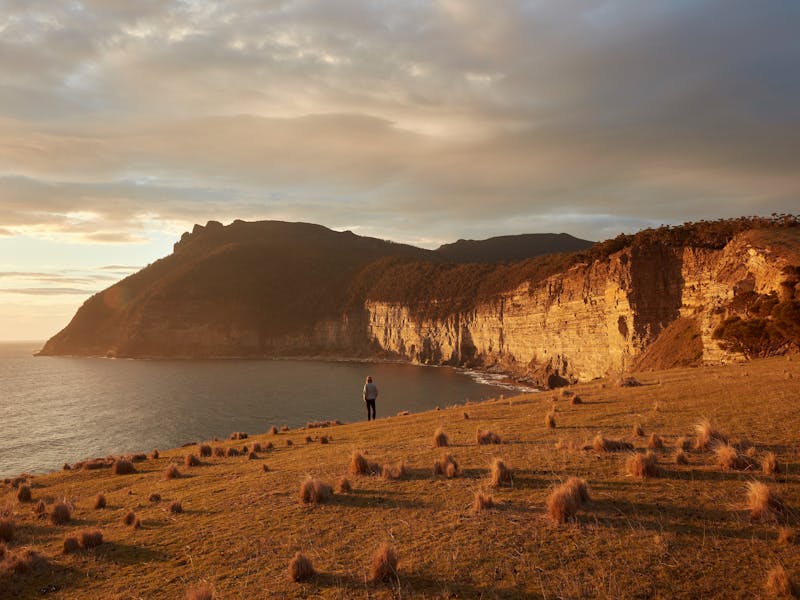
Of all the island’s gardens — from manicured to modern — the most impressive is the Royal Tasmanian Botanical Gardens in Hobart.
For more than 200 years this 14-hectare site on the fringe of the city centre has nurtured rare plants, housed a thriving kitchen garden, and offered locals and travellers a place to gather and learn.
"It’s both a serene retreat and a playful hive of activity," says gardens spokesperson Leesa Butler. "Visitors can explore and learn or simply find a shaded spot to relax."
The gardens’ main purpose, she says, is to connect people with plants and "plant species are protected and preserved for the future, for health and the planet overall".
Hobart’s southern latitude means that the site is Australia’s most significant cool-climate garden. Unique flora collections include a Sub Antarctic Plant House. This specially constructed building recreates the climatic conditions of Macquarie Island, 1500km south of Hobart, where the plants were collected. Chilly mists and an immersive audio soundscape transport visitors to the rocky outcrop that is the last stop before Antarctica.
Unusually this far south, the gardens have a large palm collection. Some of the plantings date back to the late 1800s, including a statuesque Chilean wine palm.
Established in 1818, the Royal Tasmanian Botanical Gardens are Australia’s second-oldest botanic garden, and they’re full of history - both social and architectural. Food production has always been a key purpose. In the early years of white settlement, the gardens were a source of food for Hobart residents, and they supplied nearby Government House until the mid 1950s. These days the site has become vibrant community gardens, with much of the produce given away to those in need via a community kitchen network.
One of the gardens’ most striking man-made features is the Eardley Wilmot Wall, built in 1843 as a grasshopper-proof fence. Although 280m long and 4m tall at its highest point, the wall failed to contain the grasshoppers, not surprisingly, and stands today as a red-brick folly to pest eradication.
A new Tasmanian flora collection highlights the island’s native plants. It includes a number of highly prized Huon pines, the state’s most iconic plant.
"Visitors can learn about the importance of cool-temperate rainforests," says Butler, "and gain knowledge about native plant selection for replanting in their home garden and discover the major vegetation types throughout the state."

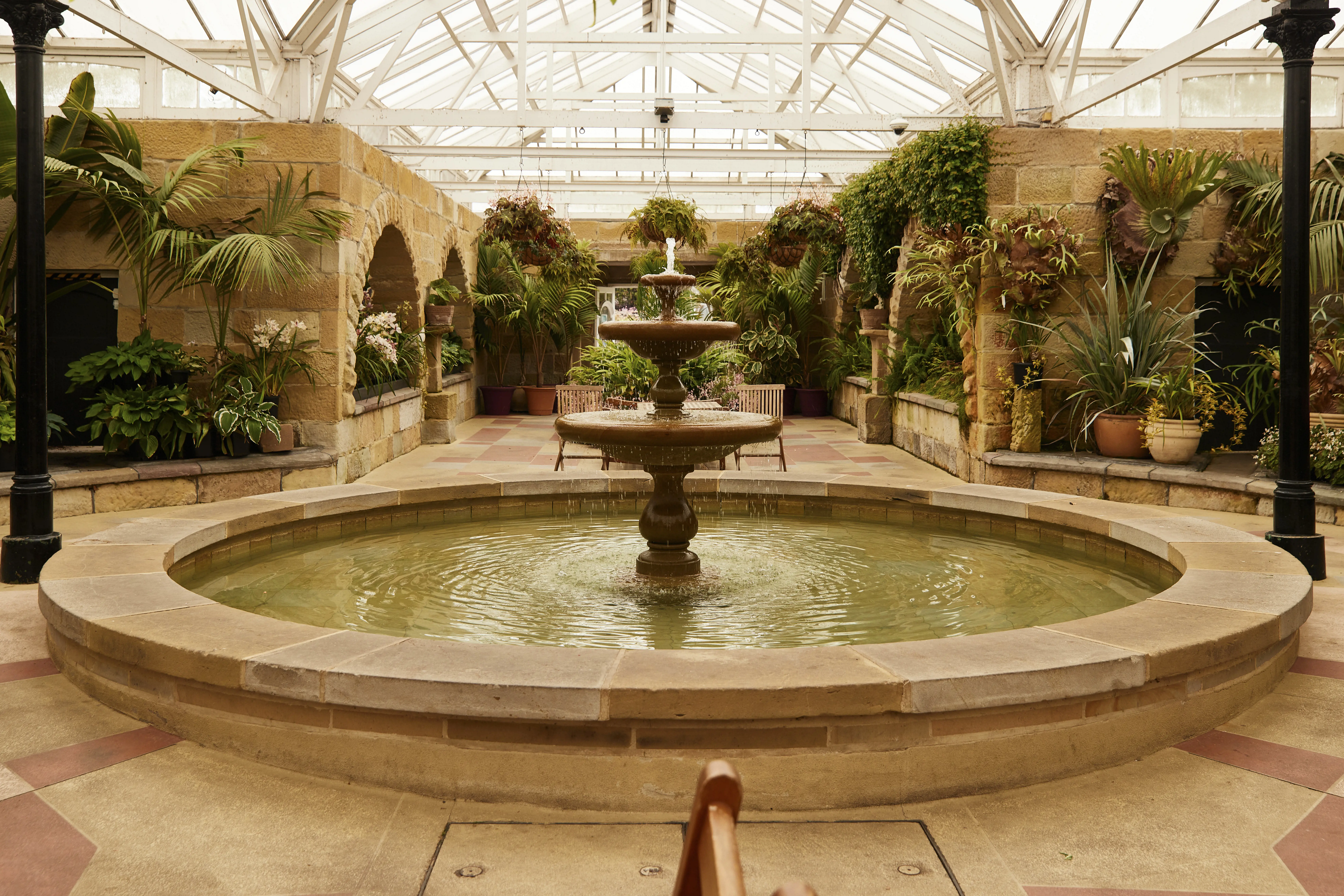
Need to know
The Royal Tasmanian Botanical Gardens are open daily year-round. Located at Lower Domain Rd, Queens Domain, Hobart, about 2km north of the city centre - a 5min drive or 25min walk. There is an on-site restaurant and a gift shop.
Take a 1hr guided walking tour, departing 10:30 am on Saturdays and Sundays. Scenic buggy tours are also available. There is an easy access, pram-friendly pathway and accessible facilities, and free wheelchair hire.
